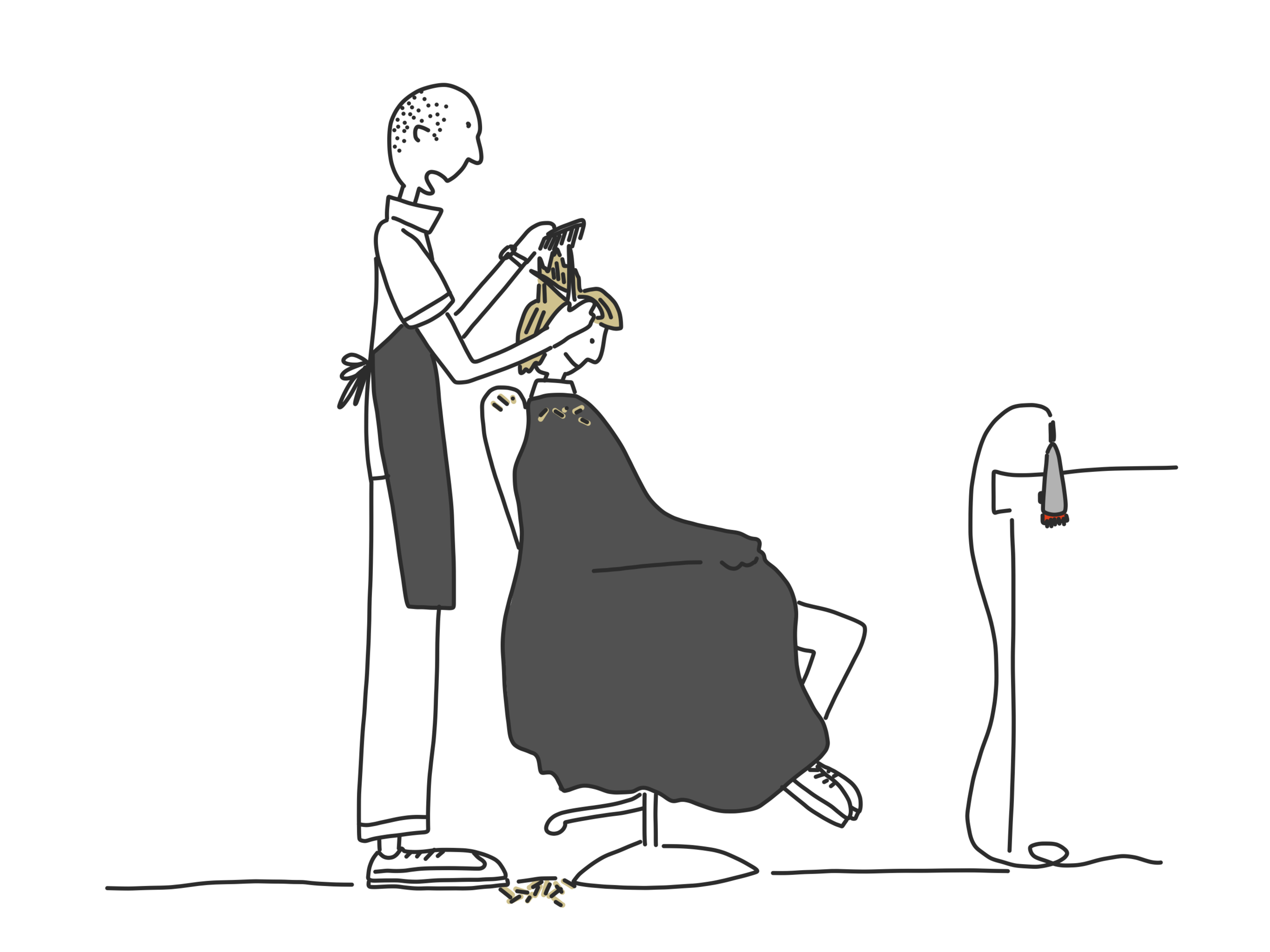P/GP Ratio
What’s the sitch with the passing/getting passed ratio?
Like the vast majority, I too make a mental note of each person I surpass walking on the street. I feel compelled to record all of the people who I walk faster than. I know it’s not a big deal. I’m simply out-striding them, as they are slow walkers and will get to their destination more slowly. Their internal dialogue likely spins some excusatory platitudes, “It’s not the destination, but the journey,”-type stuff so their self confidence doesn’t have to take the full hit it deserves as I step past. Speed is quiet. Speed is stealth. I put an extra footfall within my normal gait, a subtle skip to express myself as I officially pull ahead. Another person overtaken.
Those who somehow pass me, though few and far between, are seared even more vividly into my memory. Tall guy with earbuds in the red jacket on Broadway… best sleep with one eye open son. Admittedly, I am a vengeful soul. If the opportunity comes to right a past wrong, to step past one of those lucky walkers when they aren’t at their speediest, I’ll be ready.
As you might imagine, the pile of these mental notes is getting tall. It is a significant contributor to the cluttered state of my mental desk. Little did I know, someone else was recording these interactions for me.
The Passing/Getting Passed Ratio (PGPR) was created in the mid-00’s, by a group of physicists working for the University of Edinburgh, in Scotland. They had access to Scotland’s six satellites, and, during down time, would face the satellites toward the main thoroughfare in Edinburgh, recording PGPRs on walkers over the span of a few miles. It was a side-project, a betting sport for the small cadre of professors, but nothing more.
Unbeknownst to the scientists, one of the Scottish satellites was “shared,” by the American CIA; they don’t trust anyone, especially allies. The CIA wasn’t sure what the Scotts were up to, but they were pretty sure PGPR data was being collected for nefarious and military purposes. As they began to sift through the recordings, they also began work on their own database, so as to not fall behind their European counterparts. They decided to pick up the red phone and call the “civilian,” consultant with whom they had worked closely for many years. His name was Steve Jobs.
Mr. Jobs was CEO of Apple at the time. Their personal computer business was thriving and they had a successful line of iPod music players on the market. Using technology and programming from a recovered alien spacecraft, the CIA worked with Mr. Jobs and his private team of engineers to produce a device perfect for accurately tracking PGPR. The CIA only cared about some gyroscopes for measuring speed and GPS for locating bodies; Mr. Jobs, the entrepreneur, insisted the devices should be equipped with user-friendly touch screens and colorful apps, to be a viable front for their espionage,. And so, the iPhone was birthed.
The “Find Your iPhone,” app? Scoff. The “Steps,” app? C’mon guys. Those only exist to calculate PGPR. If they happen to be accessed occasionally for their purported use, that just solidifies the cover-up.
In addition to assisting in development of the device, the CIA also created an entirely new sub-agency, known as the Institute for Ambulatory Ratio Monitoring (IARM). This is a centralized body that records all of the episodes of people passing or getting passed while walking or running. Within the IARM, there is a worldwide leaderboard, where those with the highest PGRPs are listed.
I’m reporting on these deep, dark, institutional secrets, not because they really need to be exposed to the public, and not because they are all that surprising; frankly, I thought the CIA was tracking our every move for a more diabolical purpose. No, I’m explaining all of this because, I want on that board. I want my PGRP high enough to be recognized by our national intelligence bodies. And I want everyone to be aware of the gravity of my achievement. So I had to expose their secret. Of course, I waited for a few months to drop the bombshell, a few months of rigorous movement, so as to get my ratio optimized.
A lot of you may have questions. “What if I’m running and they’re walking?” “What if I pass them at the beginning of the street but they pass me back by the end?” “What if we are traveling on parallel streets one block apart?” “Is there a minimum number of PGP episodes that one has to experience before being included? Cause if so I’ll just pass one person and then sit inside for the rest of my life.” "Do I have to buy an iPhone now?"
You’re thinking too much. Let the CIA decide the rules. And of course you have to buy an iPhone.
“Ok… so why should we care so much about this ratio?”
Again, you’re thinking too much. A world-wide competition? One on one on one on one on one… on one on one on one on one? Nonviolent, without screens, taking place outdoors? Games are fun. But most of them can’t be played with 7 billion people, or whatever it is now. And most don't have a clandestine, tax payer-funded body to oversee the rules and keep score; most just have your friend Steve or Lidia or whomever, and they always find a way to cheat.
Take a minute. Think it through. Ask yourself if you have what it takes. But don’t take too long… because you’re already losing.


